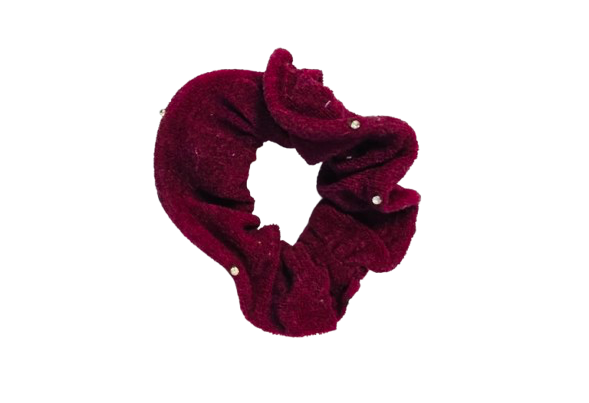During several exhibitions held by the War Childhood Museum Ukraine, one stand featured an empty space. Instead of a physical object, visitors encountered a description and a story—accompanied by a photograph of a small clay bird. The object itself could not have been displayed, as it remained in occupied Crimea. After traveling nearly 4,900 kilometers, it was finally added to the Museum’s collection.
A Symbolic Object from Crimea
The clay bird belongs to Safiie, a girl from Simferopol, a city in Crimea that was illegally annexed by Russia back in 2014. In October 2023, she shared her story and decided to donate an object that was very special to her to the War Childhood Museum. The donation process was unusual, involving a long journey before the clay bird finally arrived at the WCM Ukraine office in Kyiv.
“My Ukraine, you are the best in the world”
There is a word in Crimean Tatar “Саткын” (Satqin), which translates as “corrupt”. That’s what we called everyone who changed after the occupation. Before 2014, they held the Ukrainian position, and afterwards, the Russian one.
Our music teacher was one of those “Satqin.” For example, we learned the song “My Ukraine,” which includes the following lines: “My Ukraine, you are the best in the world, green fields, my Ukraine, I love you.” At the beginning of 2014, we performed it with her, but after that she started giving us Russian songs to sing.
In 2016, my family and I went on a trip. One of our stops was Kamianets-Podilskyi. It was very beautiful. We went to the castle, which had a small shop attached.
We talked to the owner. She asked where we were from, and we said that we were from Crimea. My parents asked me to sing the Ukrainian song we sang at school. Everyone applauded me, and the owner gave me a whistle in the shape of a bird. The whistle still conjures up those wonderful, warm memories of our trip.
Safiie, born 2004, Simferopol
The bird first had to leave temporary occupied Crimea via Russia—the only available exit route. From there, it was transported to Tbilisi, Georgia. The next stop was Berlin, Germany, where it remained for some time before continuing on to Vinnytsia, Ukraine.
In February 2025, after almost a year and a half and a journey of nearly 4,900 kilometers, the clay bird finally reached Kyiv and was added to the growing collection of the War Childhood Museum Ukraine.
The War Childhood Museum Ukraine Collection
The War Childhood Museum Ukraine holds one of the most extensive collections documenting the impact of the Russia-Ukraine war on children’s lives—with almost 700 testimonies and more than 1000 personal objects reflecting experiences both before and after the full-scale invasion in 2022. The WCM Ukraine is currently working on securing a permanent exhibition space in Kyiv, a key objective for the near future, where these stories and objects will be presented to the public on permanent exhibition.







